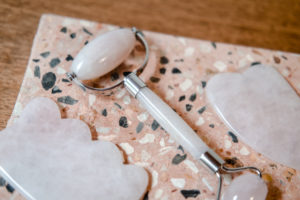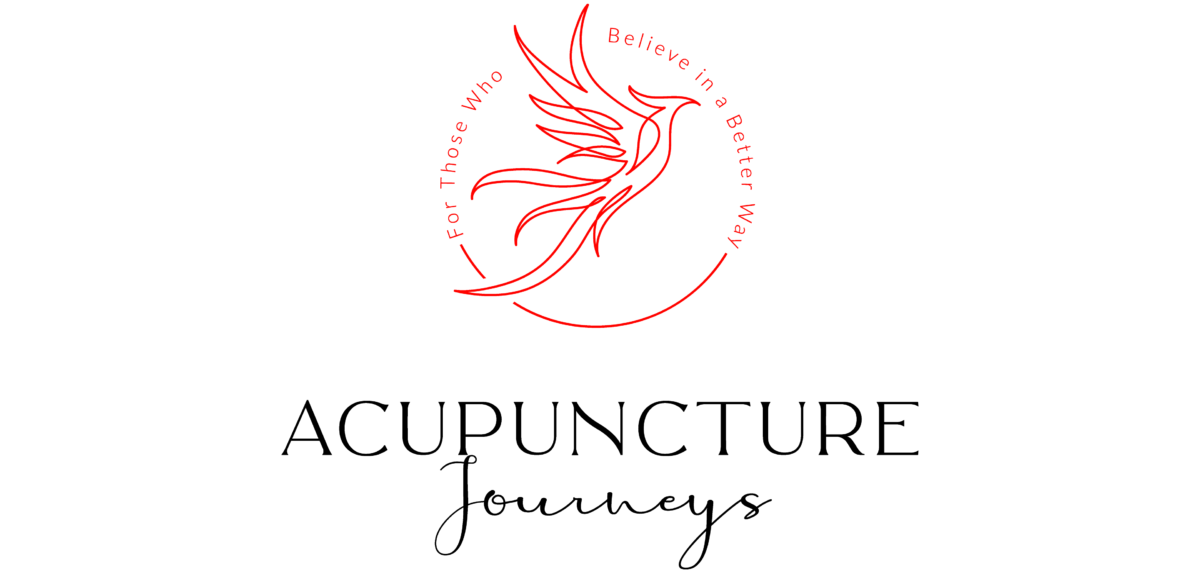Traditional medicine for pain, inflammation and immune support

Gua sha is an important hands-on medical treatment that has been used throughout Asia for centuries. Gua means ‘to rub’ or ‘press stroke. Sha is a term that describes the blood congestion in surface tissue in areas where the patient may experience stiffness and pain; sha is also the term for the little red dots that are raised from applying Gua sha (Nielsen 2012). When Gua press-stroking is applied in repeated even strokes, sha appears as small red dots called ‘petechiae’ and the pain immediately shifts. In minutes the small red dots fade into blended reddishness. The sha disappears totally in two to three days after treatment. The color of sha and rate of fading can indicate important information about a patient’s condition. Pain relief lasts even after the sha is completely gone.

The benefits of Gua sha are numerous. It resolves spasms and pain, and promotes normal circulation to the muscles, tissues and organs, as seen in Gua sha’s immediate effect on coughing and wheezing. Research has shown that Gua sha causes a four-fold increase in microcirculation of surface tissue (Nielsen et al. 2007) and can reduce inflammation and stimulate the immune system (Braun et al. 2011; Chan et al. 2011). Gua sha upregulates heme-oxygenase-1 (HO-1), that acts to reduce internal organ inflammation, for example, in cases of asthma, hepatitis and liver disease.
The patient experiences immediate changes in stiffness and pain with increased mobility. Because Gua sha mimics sweating, it can help to resolve fever. Gua sha cools the patient who feels too warm, warms the patient who feels too cold, while relaxing tension and reducing anxiety. Acupuncturists and practitioners of traditional East Asian medicine consider Gua sha for any illness or condition where there is pain or discomfort, for upper respiratory and digestive problems, and any condition where touch palpation indicates there is sha. Gua sha is often done in combination with acupuncture for problems that acupuncture alone cannot address.
After treatment the patient is advised to keep the area protected from wind, cold and direct sun until the sha fades. They are also encouraged to drink plenty of water and eat moderately.
References:
Braun, M., Schwickert, M., Nielsen, A., et al., 2011. Effectiveness of Traditional Chinese ‘Gua Sha’ Therapy in Patients with Chronic Neck Pain; A Randomized Controlled Trial. Pain Med 12 (3), 362–369.
Chan, S., Yuen, J., Gohel, M., et al., 2011. Guasha-induced hepatoprotection in chronic active hepatitis B: A casestudy. Clin Chim Acta 412 (17–18), 1686–1688.
Kwong KK, Kloetzer L, Wong KK et al. 2009. Bioluminescence imaging of heme oxygenase-1 upregulation in the Gua Sha procedure. J Vis Exp. 30 (August 28):1385.
Nielsen, A., 2012. Gua Sha. A Traditional Technique for Modern Practice, 2nd ed. Elsevier, Edinburgh.
Nielsen, A., Knoblauch, N.T.M., Dobos, G.J., et al., 2007. The Effect of Gua Sha Treatment on the Microcirculation of Surface Tissue: A Pilot Study in Healthy Subjects. Explore (NY) 3 (5), 456–466.

